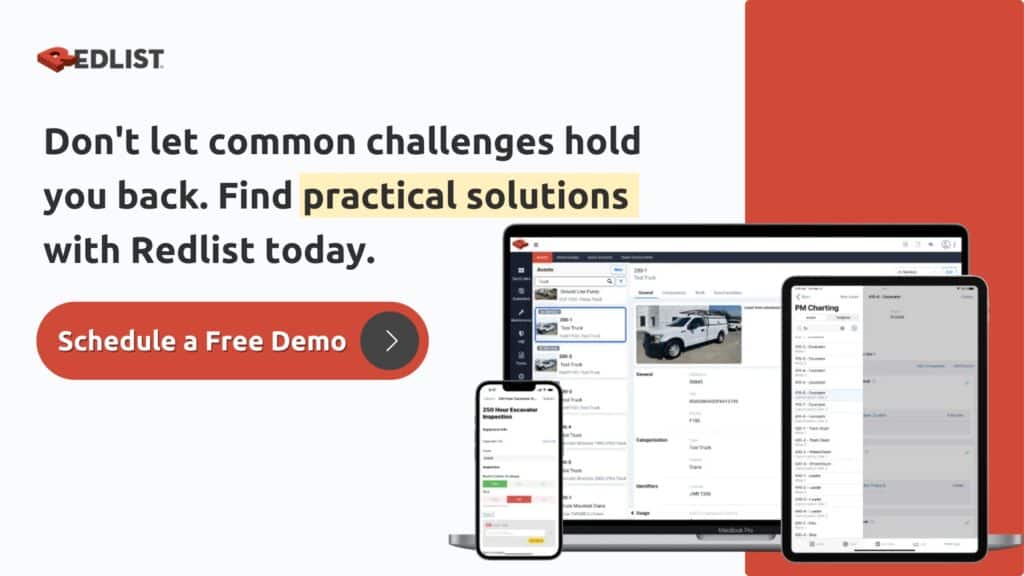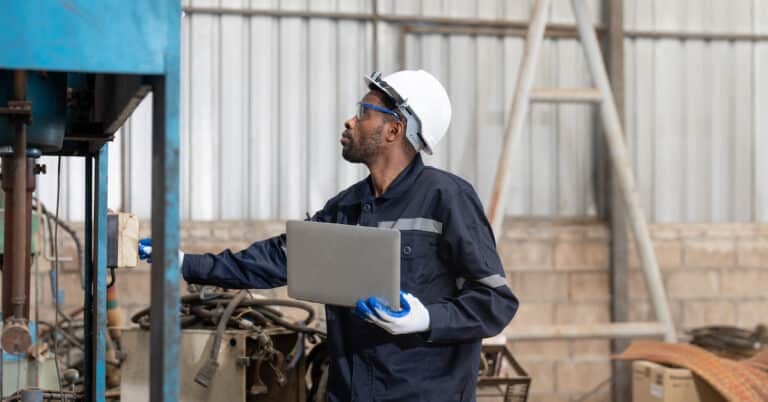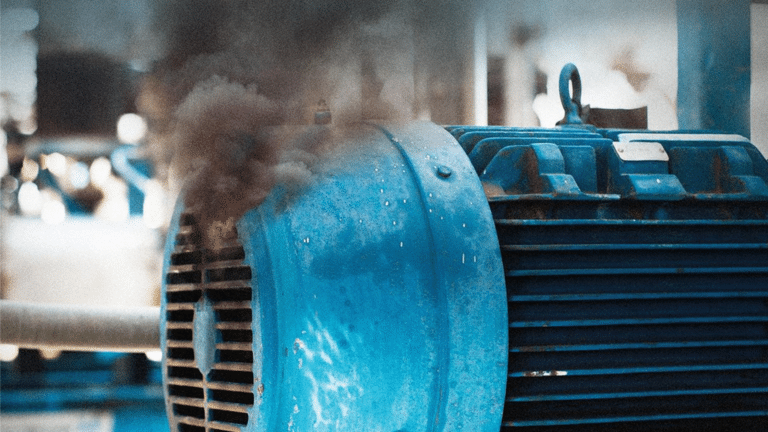Maintenance is a complex aspect of any business with equipment or vehicles. And the job of a maintenance manager is never an easy one. To be a successful maintenance manager, one must know and understand the common headache-inducing issues that plague this job. Anticipating and preparing for these issues help maintenance managers deal with them better and resolve them quicker. The following are the common maintenance manager headaches and our tips for how to solve them.
Prolonging the Lifespan of Assets
The main purpose of maintenance is to prolong the service life of machines and equipment, thus limiting the frequency of replacement. Many interrelated factors affect the longevity of the lifespan of any asset. Therefore, prolonging an asset’s lifespan requires maintenance managers to implement the right maintenance strategies that address and manage said factors. Headaches arise when these maintenance strategies fail to address these factors.
To prevent headaches involved in prolonging asset lifespan, maintenance managers must ensure that their strategies always come with:
Proper planning
Maintenance managers must plan the maintenance program that an asset needs, even before the acquisition, up to its decommission. And this program should evolve as the facility uses the asset and adjust as the asset lives out its usefulness.
Appropriate funds and resources
Prolonging an asset requires money and necessary resources. The amount spent to prolong an asset’s life should be in balance with the value that its useful life provides.
Trained technicians or personnel
Maintaining assets also requires trained experts that aim to extend asset life. Otherwise, maintenance tasks are limited to short-term and temporary fixes, resulting in more expensive maintenance in the long run.
Monitoring and analysis
Managers must know if current maintenance programs and strategies effectively prolong asset life. Proper monitoring and analysis help improve these programs and prevent future issues.
Controlling Maintenance Costs
Another common challenge that maintenance managers often deal with is the task of limiting maintenance costs. It is easy for maintenance spending to go over the budget in pursuit of its bottom line. Without proper control, maintenance costs can balloon and take up a major part of the company’s income, stunting business growth. Maintenance and reliability teams are hurting from a lack of resources. Whether its shortage of parts, shortage of staff, shortage of budget, or shortage of support, the pressures on these professionals have never been greater. Listen to this webinar on what are the pressures on maintenance and reliability teams.
Controlling the total maintenance cost is a continuous process and requires the collective effort of maintenance, operations, and other company departments. Maintenance managers play a major role in minimizing and making the most out of maintenance expenses. They can effectively perform this role by:
Maintaining accurate records.
Accurate records of maintenance tasks and related expenses provide critical data for controlling costs. These data should include the time, money, tools, labor, and other resources spent on each maintenance task.
Tracking and organizing costs.
From the data gathered on the resources spent on the maintenance of every asset, maintenance managers can track each spending and itemize each type of cost. This way, they can eliminate repetitive tasks or modify some tasks to lower these costs.
Focusing on preventive maintenance.
Shifting to preventive maintenance reduces the costs of maintenance. It requires careful monitoring of the asset and its current maintenance requirements.
Implementing sustainable strategies.
Maintenance managers can further reduce maintenance costs by employing sustainable strategies other than preventive maintenance. Some of these strategies might need additional investment, but they will provide more benefits over time.
Monitoring and improving current processes.
Maintenance managers can also control costs by keeping tabs on current maintenance processes. And often, improving and streamlining these processes can result in considerable cost reductions.
Using innovative technology to increase efficiency.
Innovative technology can increase the effective implementation of maintenance processes while cutting down costs. These technologies also help future-proof a business, ensuring it can adapt to future industry changes and evolutions.
Increasing Asset Productivity
Maintenance also deals with the task of increasing asset productivity, not only its longevity. Most maintenance experts agree that implementing proactive maintenance is the best way to achieve optimum asset productivity. But proactive maintenance is often met with resistance from management because it requires a higher investment. Maintenance managers must spearhead the company in prioritizing proactive maintenance over cheaper maintenance methods that get more expensive in the long term.
Maintenance managers can effectively tackle the headaches involved in increasing asset productivity by:
Improving maintenance planning and scheduling.
By having a properly planned maintenance schedule, managers reduce asset downtime and increase productivity.
Recording and analyzing maintenance data.
Maintenance data help managers increase asset productivity through focused and targeted maintenance tasks. This means less waste of maintenance resources and more positive results on asset productivity.
Identifying improvements to increase productivity.
The best way maintenance managers increase asset productivity is by analyzing maintenance data and identifying the needed improvements.
Time Management
Maintenance involves complex and interconnected tasks. If improperly managed, these tasks can result in backlogs, overworked team members, low productivity, high overtime costs, and other negative effects. Maintenance managers can prevent and deal with time management issues by:
Organizing and categorizing tasks.
Maintenance tasks come in many forms and types. Maintenance teams can perform tasks better and in a shorter amount of time when these tasks are organized and categorized.
Prioritizing tasks according to criticality.
The sheer number of maintenance tasks can overwhelm technicians. By the effective prioritization of tasks, maintenance managers allow their teams to deal with critical tasks first, working from high priority to low. Thus, putting off low-criticality tasks is easier and comes with fewer harmful consequences.
Delegating tasks to trained team members.
Maintenance managers can save a lot of headaches in time management with proper delegation and training of team members. By not limiting tasks to specific individuals, team members can handle different tasks and share responsibilities and duties when needed.
Streamlining processes and cutting down unnecessary tasks.
By eliminating unnecessary steps of a maintenance process, managers can speed up the completion of tasks and eliminate bottlenecks that often delay task completion.
Improving communication.
Fast and effective communication can also speed up maintenance tasks and improve time management. Effective communication also eliminates time-consuming errors that often result from miscommunication.
Solve More of Your Headaches with Redlist

Every maintenance manager struggles with headaches arising from manual maintenance management. Using Redlist’s CMMS (computerized maintenance management system) or Lubrication Management Software can get you closer to headache-free maintenance. Both of these tools help you digitally plan, schedule, implement, monitor, and analyze maintenance and lubrication processes. Paperless, efficient, low-cost, and flexible maintenance is within your reach with Redlist. Contact us to schedule a demo and be on your way to headache-free maintenance today!


